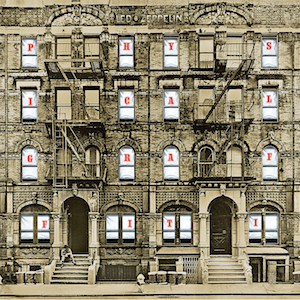Granting the odd notion that landlords would care about their tenants' confusion, I pointed out to her that such a purpose would be fulfilled by a single distinctive mask, floral or faunal figure over the entryway, sparing the landlord the expense of covering an entire façade with them. Besides, one needn't be literate to tell the difference between the Arabic numerals, one of the beauties of which is their design distinctiveness. I added that since tenements built in different periods had structural differences sufficient to distinguish one from another by any untutored eye -- ceiling heights vary, some have a stoop, others not, likewise basement apartments, storefronts, position of the doorway (earlier to the side, 1890's in the middle), the brick bond (the pattern of the bricks),
the number of floors (an important marker of economic and social history as we'll soon see) -- no ornament would be necessary to distinguish one structure from another.
And, of course, the immigrants prior to the 1890's may not have been Eastern European or Italian, but they were no more literate, and yet you can find a dozen 1860 tenements all in a row, all identical. Her response was, well, we'll never know for sure, will we? All hypotheses about history are all equally valid.
the number of floors (an important marker of economic and social history as we'll soon see) -- no ornament would be necessary to distinguish one structure from another.
A picture is worth a thousand futile words:
This is Pitt Street just south of Houston. The buildings are ornamented with terra cotta masks throughout. The three entryways have all been altered, but you can clearly see that these are three sister buildings on three lots and they are identical. In other words, contrary to the hypothesis, wherever a developer built adjacent lots, they were built identically in all its details. This is not an aberration. It's actually quite common.
The tenements made famous by Led Zepellin's "Physical Graffiti" album are twins. The most complex terra cotta are hard to see -- they are way up top over the top floor, not the best way to provide directions for the resident on the street. I could easily multiply examples of such building twins.
The tenements made famous by Led Zepellin's "Physical Graffiti" album are twins. The most complex terra cotta are hard to see -- they are way up top over the top floor, not the best way to provide directions for the resident on the street. I could easily multiply examples of such building twins.
On the left, 11th Street. Two buildings, identical; not hard for me to find these: I live in the one on the far left. And there's another such pair down the block.
If it's so easy to find series of identical adjacent 1880-90 terra cotta tenements, why would someone come up with a hypothesis not just counterfactual, but directly opposite to the facts -- that so far from building distinctive designs to make each unique, the designers made every effort to make their own buildings identical? Because people don't bother to look. This should be a deeply disturbing fact about us. Our pet ideas are more fun than the banal facts.
So the explanation for differences in ornament lies in fashion for the most part. The other part lies in function. Even though rich and poor, expensive and cheap all chased the same fashions created by the designers of the wealthy trying to run ahead of the vulgar, the function of a building was more important even than fashion. The purpose of a building is reflected in its style. The next post will delve into the meaning of the relation between form and function, our notion of fashion and progress itself, and the deep differences between our culture and the culture of Classical Rome, where we must go now to understand the bank and the courthouse before we get back to the residential apartment house or tenement.








No comments:
Post a Comment